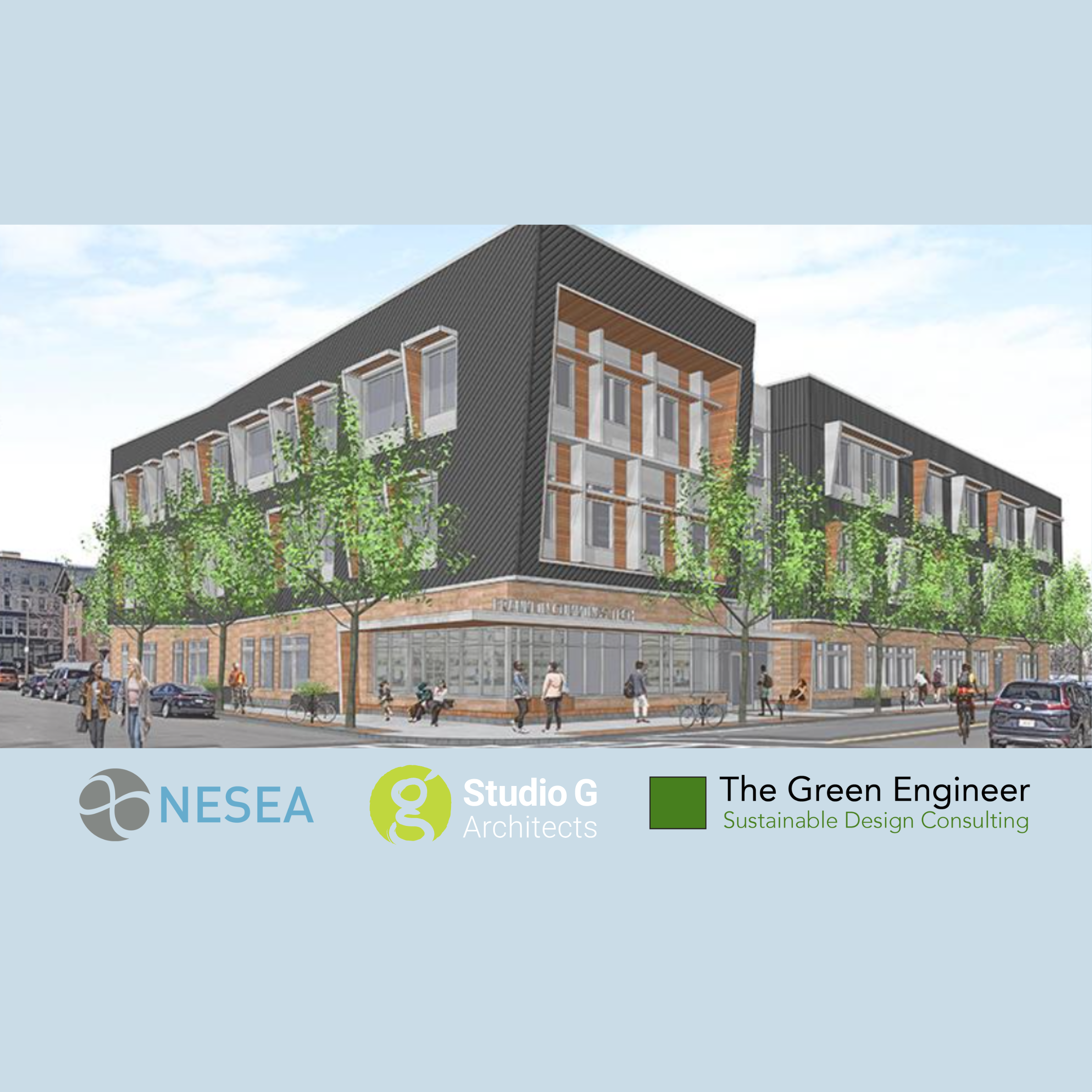
Over the past year, the state of Massachusetts has been making significant strides in reshaping its energy codes, focusing on reducing energy consumption and promoting sustainability. The introduction of the new stretch code and the optional net-zero specialized code has created a buzz in the construction industry. As of July 1, 2023, these codes have begun to take effect across 300 cities in Massachusetts. In this article, we will delve into the key changes brought about by the stretch code, the challenges it poses, and the specialized code's unique implications for construction projects.
Redefining the Building Envelope
One of the most prominent changes driven by the stretch code revolves around the building envelope. The code's primary objective is to reduce energy consumption, with a particular emphasis on heating loads. This shift necessitates more robust and airtight building envelopes.
One significant change pertains to the treatment of thermal bridging. While thermal bridging has been considered in envelope calculations for decades, the new code mandates a more thorough approach. Massachusetts' unique section of the code requires specific attention to thermal bridging in building designs. It offers three options for addressing thermal bridging:using default formulas, employing pre-calculated values, or resorting to detailed 2 or 3-D modeling programs.
In practice, many project teams find that the default formulas are overly conservative, resulting in lower envelope values.Prefabricated calculated values, often based on guides like BC Hydro's thermal bridging guide, offer a more realistic perspective. Some projects with unique conditions may opt for specialized envelope consultants to tackle the thermal bridging challenge.
The Envelope Backstop Calculation & TEDI
The envelope backstop calculation, although not new, becomes more challenging under the stretch code. This is primarily due to the lower U-values being used in the calculation. The calculation now focuses on vertical walls, excluding the roof. Curtain wall buildings have the option to target a higher U-factor but must commit to electrifying their heating systems.
While the envelope backstop may not pose a substantial hurdle for most projects, it's essential to note that projects adhering to the TEDI pathway face a more demanding challenge. TEDI stands for Thermal Energy Demand Intensity, and it evaluates the heating and cooling energy delivered to occupied spaces in a building. Many large buildings, including schools,libraries, offices, and emergency service stations over 20,000 square feet, are required to follow the TEDI pathway.
Meeting TEDI's stringent requirements often involves adding significantly more insulation than what is required under the envelope backstop. Additionally, infiltration rates must be reduced significantly. The stretch code also mandates air filtration testing with a baseline of 0.35 CFM per square foot at 75 Pa of differential pressure. However, projects aiming for TEDI compliance often aim for much lower numbers, typically in the range of0.08 to 0.15 CFM per square foot at 75 Pa of differential pressure. This poses a unique challenge for project teams, as they must ensure that their initial modeling assumptions align with actual testing results when the certificate of occupancy is obtained.
Specialized Code Impacts
The optional "specialized" code introduced in Boston and other municipalities adds another layer of complexity to energy code compliance. Under this code, Passive House becomes the only option for multi-family residential buildings following the commercial energy code. This imposes a significantly higher standard for residential construction, raising questions about its impact during a housing crisis.
Furthermore, the specialized opt-in code requires projects to be fully electric, including domestic hot water and cooking, or be electrification-ready. While projects following the TEDI pathway tend to align with electrification goals, high-ventilation buildings face significant challenges in achieving full electrification. These buildings require additional capacity to handle outdoor air loads, especially when using air source heat pumps. Design teams are grappling with creating alternative designs and finding the necessary space and electrical capacity for these future equipment requirements.
Conclusion
The changes brought about by Massachusetts' new energy codes, particularly the stretch code and the optional specialized code, are reshaping the construction industry in the state. These codes are driving greater energy efficiency, more airtight building envelopes, and electrification of heating systems. While the challenges are significant, project teams are finding ways to adapt and succeed. As the industry continues to evolve, Massachusetts is positioning itself as a leader in sustainable construction practices, setting a benchmark for others to follow.


%20(LinkedIn%20Post).png)




